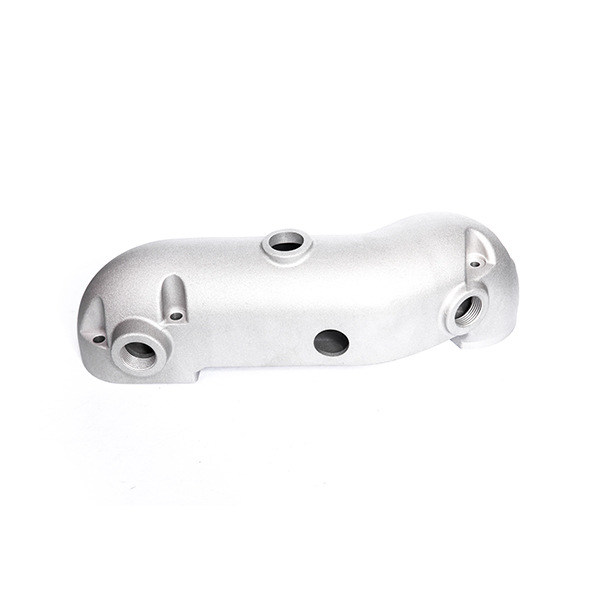Mobile:+86-311-808-126-83
Email:info@ydcastings.com
1.4852 stainless steel
Understanding 1.4852 Stainless Steel Properties, Applications, and Benefits
1.4852 stainless steel, also known as alloy 253MA, is a high-performance austenitic stainless steel known for its excellent high-temperature strength and oxidation resistance. This specific grade has garnered significant attention in various industrial applications due to its unique combination of properties, which makes it suitable for demanding environments.
One of the standout features of 1.4852 stainless steel is its high chromium and nickel content, which contributes to its superior corrosion resistance. This alloy contains approximately 20% chromium and around 10% nickel, along with a notable addition of rare earth elements. These additions enhance the material's ability to resist oxidation and carburization, making it ideal for use in furnace components, heat exchangers, and gas turbines that operate at high temperatures.
The mechanical properties of 1.4852 are also impressive. It maintains excellent strength and durability at elevated temperatures, with a wide operational range. It can withstand temperatures up to 1000°C (1832°F) while retaining its structural integrity. This makes it a preferred choice for applications like thermal processing equipment, where high temperatures are the norm.
1.4852 stainless steel

In addition to its thermal resilience, 1
.4852 stainless steel offers good weldability and fabricability. It can be easily formed into complex shapes and is compatible with various welding techniques. This versatility allows engineers and designers to utilize this material in a range of applications, from industrial furnaces to components in the aerospace sector.The resistance to both oxidation and sulfidation further enhances the applications of 1.4852 stainless steel. In environments with fluctuating temperatures and aggressive atmospheres, such as those found in petrochemical processes, this alloy can significantly reduce material degradation, thereby extending the lifespan of equipment and minimizing downtime for maintenance.
However, it is essential to note that while 1.4852 stainless steel exhibits excellent high-temperature performance, it may not be the best choice for environments where severe chloride-induced stress corrosion cracking is a concern. Engineers must consider the specific operating conditions and choose the most appropriate grade of stainless steel for their applications.
In conclusion, 1.4852 stainless steel represents a robust solution for industries requiring high-temperature and oxidation-resistant materials. Its unique properties make it suitable for a variety of applications, particularly in high-performance environments. As industries continue to advance and demand more from their materials, the significance of alloys like 1.4852 will only grow, paving the way for innovation and efficiency in modern engineering.
-
Impeller Technology That Powers Precision in Pump SystemsNewsMay.22,2025
-
Valve Durability Begins with Quality Cast Iron ComponentsNewsMay.22,2025
-
Performance Cooling with Advanced Automobile Water Pump SolutionsNewsMay.22,2025
-
How Motor Housing and Oil Pans Shape Engine PerformanceNewsMay.22,2025
-
How Metal Castings Drive Modern Manufacturing EfficiencyNewsMay.22,2025
-
Exploring the Engineering Behind Valve Body CastingsNewsMay.22,2025











